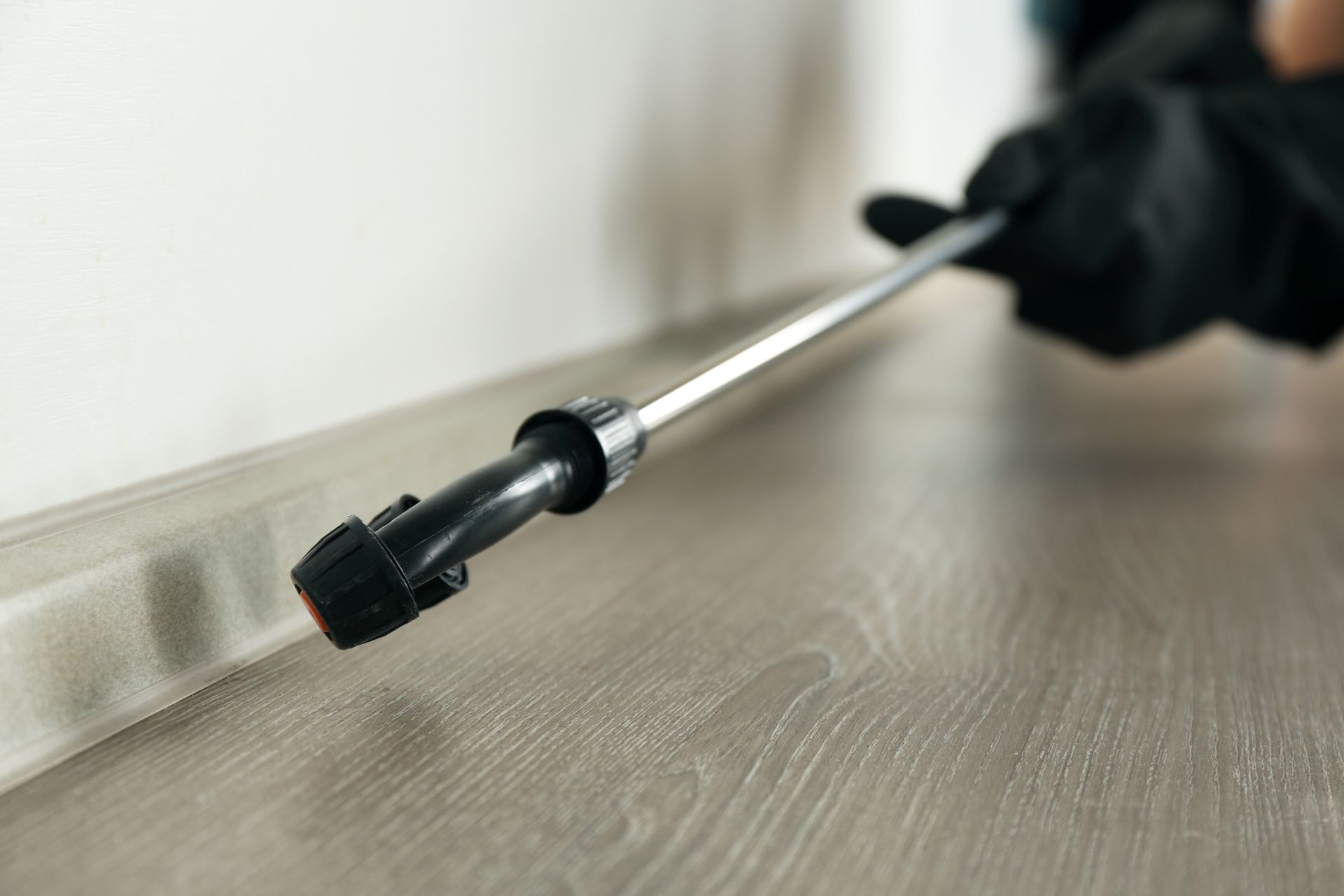4 Things You Should Know About Paper Wasps
The more you understand about this particular kind of wasp, the more effectively you can protect your family against them by recognizing their presence and recruiting the appropriate pest control experts to handle the problem. Check out these four important points about paper wasps.
1. Paper Wasps Build Distinctive Homes
Paper wasps don't look especially distinctive compared to other kinds of wasps. They grow up one inch in length and may sport black-and-yellow or brown-and-yellow markings. Unlike some wasps that travel alone, this creature belongs to the category known as social wasps for its tendency to live in colonies.
To house the colonies, the paper wasps build gray, rounded homes made out of chewed-up vegetation and wood pulp. The eggs laid inside such a home by a single queen can lead to a colony of dozens of paper wasps. You may see these homes hanging from window corners, eaves, porch ceilings, or underneath decks.
Paper wasps don't always content themselves with an outdoor life on your porch, eaves, or deck. They can also work their way through tiny openings in your walls, or as you open a door or window. Once they have infiltrated your home, they then feed on any sugary substances they can find.
2. Paper Wasps Eat Sugars and Insects
Technically, wasps count as beneficial pests, mainly due to their dietary habits. These wasps like to dine on both sugary foods and certain insects such as caterpillars. As a result, they often feed on flowers, pollinating gardens in the process, while dining on other pests that might otherwise eat cultivated plants.
Due to paper wasps' affinity for sugary foods, you should take extra care when tending fruit trees or flower gardens to avoid any accidental run-ins with these insects. Keep trash bins covered to reduce the attractiveness of your property to paper wasps. Seal cracks or gaps that might invite paper wasps into your kitchen.
Although paper wasps can help home gardeners protect their plants against other pests, home gardeners should still think about protecting themselves against paper wasps. You can achieve this goal by taking aggressive action to control destructive garden pests, thus depriving paper wasps of a major food source.
3. Paper Wasps Pose a Serious Stinging Threat
Paper wasps don't launch offensive attacks against humans; instead, they sting defensively, in response to a perceived threat to the colony. Unfortunately, it can prove all too easy for home residents to jostle or disturb a nest hanging right over their heads or just beneath their feet, prompting a barrage of stings.
Unlike honey bees, who actually lose their stingers when attacking and can therefore only sting you once, paper wasps can sting again and again. When you consider that a typical nest may contain several dozen frightened paper wasps, you can see why these pests present such a serious stinging threat.
For many people, a wasp sting (or even several wasp stings) may only cause discomfort. However, some people have major allergic reactions to insect stings. If anyone in your family has such an allergy, you should definitely think about removing any paper wasp colonies you see in or around your home.
4. Paper Wasp Removal Calls for Professional Skill
Although you may see a variety of over-the-counter wasp sprays and other chemical treatments available for home use, you should leave your paper wasp elimination problem to the pros. The wrong approach without the proper protective measures in place could result in your or your loved ones receiving multiple stings.
Once your pest control technicians confirm the identity of your unwanted guests, they may choose to use chemical sprays on the nest when the temperature has dipped below 50 degrees Fahrenheit (not unusual from September onward in Minnesota). Wasps become sluggish and have trouble flying in this temperature range.
Even though paper wasps don't reuse nests from year to year, individuals not in the nest during the pest control treatment might still return to it after the rest of the colony has died. Your pest control team will probably remove the entire nest to discourage any surviving members of the colony from setting up housekeeping again.
If paper wasps have flocked to your home and garden mainly to feed on your other garden pests, ask your pest control experts whether they can help you reduce the number of these pests. You may benefit from a long-range maintenance program that helps to control multiple pest infestations at the same time.
Don't let paper wasps intrude on your home and intimidate your loved ones. Contact Paffy's Pest Control to schedule a professional inspection and any necessary pest treatment.















